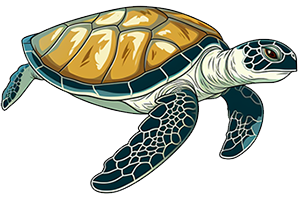Tag: DNA
-
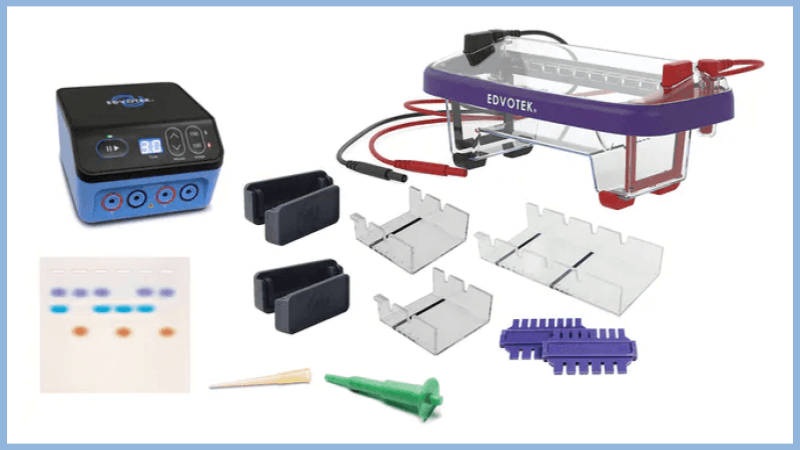
Solving Crimes with DNA and Electrophoresis
DNA analysis has become a cornerstone of modern forensic science. Because every individual (except identical twins) has a unique DNA profile, scientists can use DNA evidence from crime scenes to help identify suspects or eliminate individuals from suspicion. One common method for comparing DNA samples is gel electrophoresis, a technique that separates DNA fragments based…
-
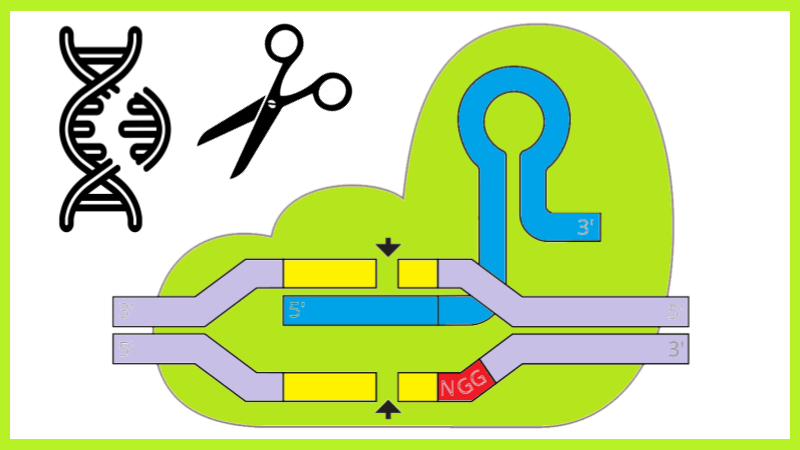
How Does CRISPR Work? A Coloring Activity
Gene editing might sound complex, but what if you could color your way to understanding it? CRISPR-Cas9 is a gene-editing tool that allows scientists to precisely cut and modify DNA. Inspired by a natural defense system in bacteria, CRISPR uses a guide RNA (gRNA) to direct the Cas9 protein (a molecular scissor) to a specific…
-
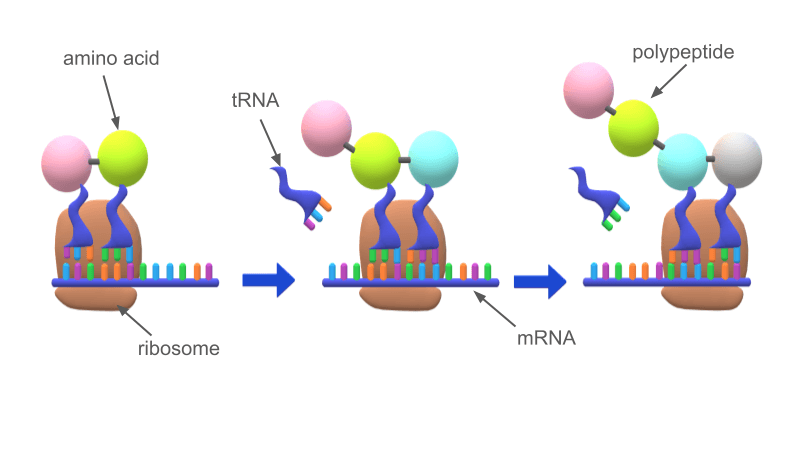
Reinforcement: RNA and Protein Synthesis
Master protein synthesis with our comprehensive practice worksheet! Practice your understanding of mRNA, rRNA, and ribosome function.
-
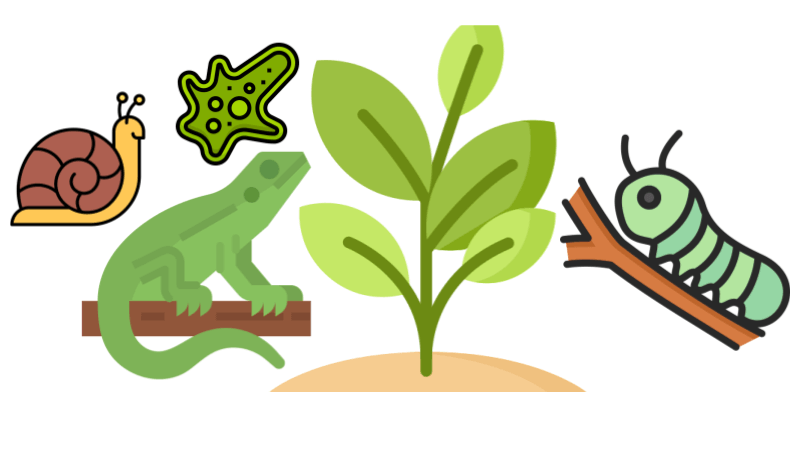
Characteristics of Life
Students read descriptions of animals and match to one of the characteristics of life: energy, cells, DNA, growth, response, and homeostasis.
-
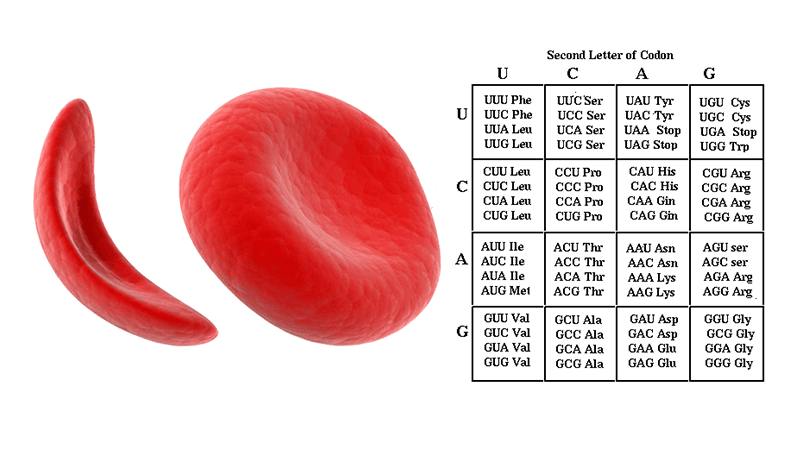
Investigation: DNA, Proteins, and Mutations
Explore DNA mutations by transcribing and translating DNA code. Changes in the code result in point mutations, frameshift, and nonsense mutations.
-
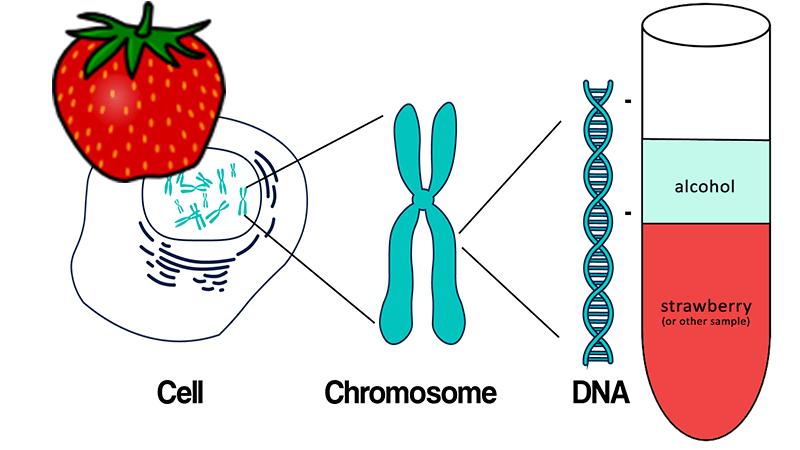
Investigation: Compare DNA from Different Samples
Students extract DNA from several samples of fruit, like strawberries and kiwi, and then discuss why some have more DNA than others.
-

Identifying Penguin Species with Restriction Enzymes
In this simple exercise, students simulate how restriction enzymes and gel electrophoresis can be used to identify different species of penguins.
-
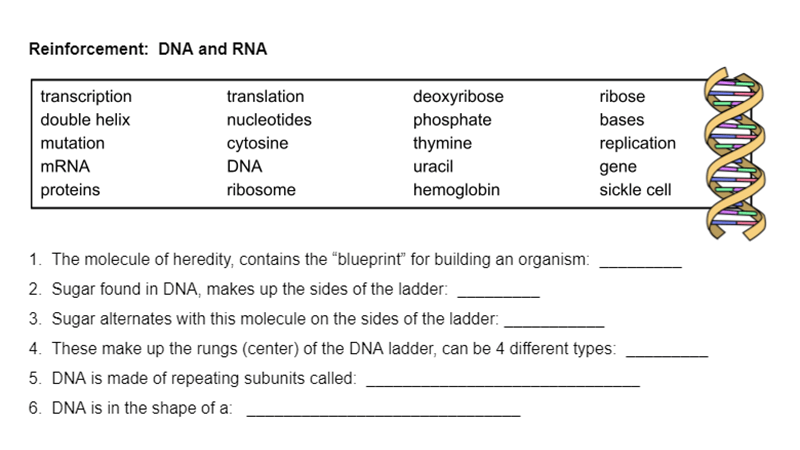
Reinforcement: DNA, RNA, and Sickle Cell
Students practice DNA and RNA by completing this simple fill-in-the-blank worksheet that focuses on vocabulary related to DNA structure and function.
-
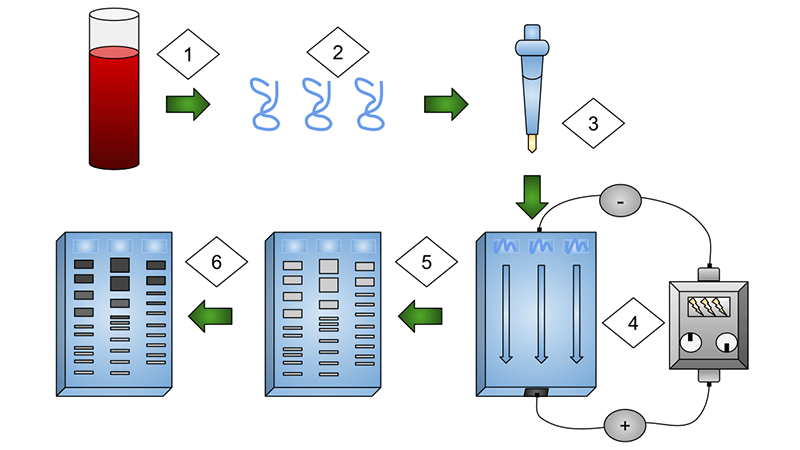
How DNA Fingerprints Are Used to Solve Crimes
Students learn how DNA fingerprints are made using gel electrophoresis. They identify which suspects match the DNA evidence.
-
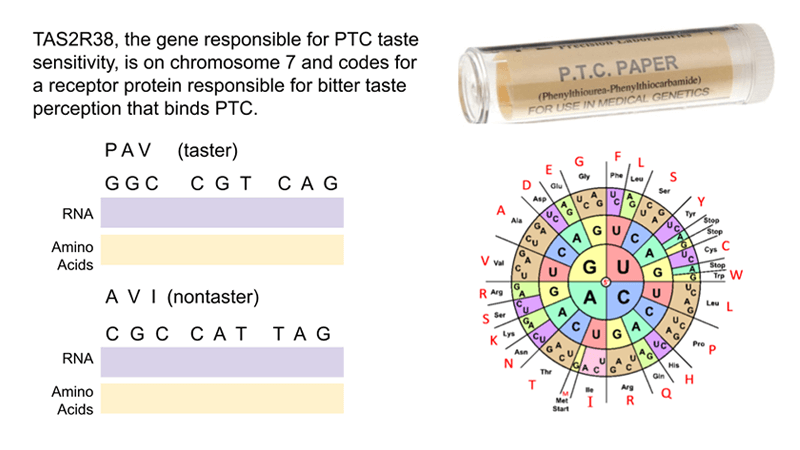
DNA Lesson Using PTC as an Anchoring Phenomenon
Describes how using anchoring phenomenon can improve lessons on teaching DNA and how the sequence of DNA determines structure and function.
-

DNA Model – Cut and Paste Nucleotides
This digital modeling activity allows students to build a DNA model by dragging the individual parts into a completed diagram
-

Investigation: Sticklebacks
This investigation was modified from the HHMI Stickleback Modeling activity where students examine two different forms of the the stickleback fish. One form has spines and bony armor and is found in the ocean. The other has less armor and is missing its pelvic girdle, and is found in fresh water lakes. The activity has…
-
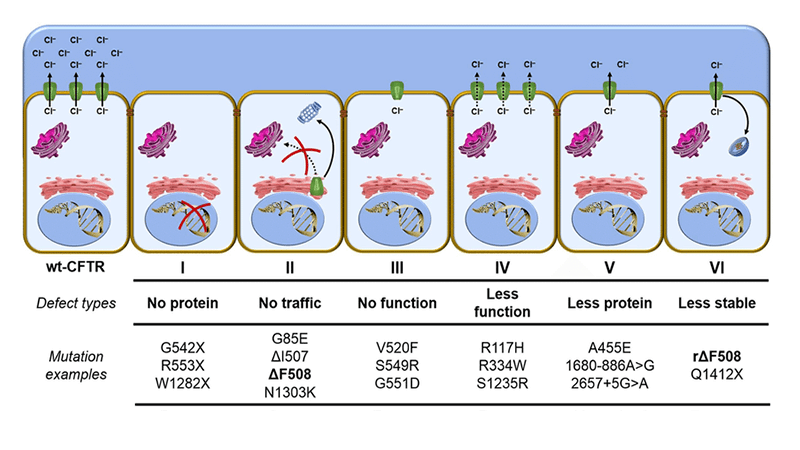
Case Study: Cystic Fibrosis Mutations
This case study is a follow-up to the Cystic Fibrosis Case Study where students explore how changes in transport proteins affects the movement of ions, resulting in a build-up of chloride ions and the symptoms of the disease. Students were introduced to the idea that different mutations can cause differences in the transport proteins, but…
-
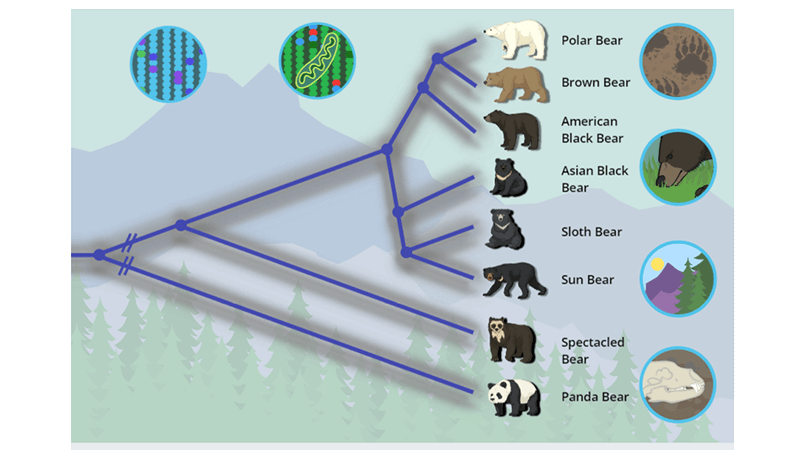
Bear, Species, & DNA
This activity was created during the Covid-19 pandemic for students to complete at home using the interactive explore at Learn.Genetics. The activity is probably best for 2nd year biology students or AP Biology, but it could potentially work with first year students. The questions aren’t hard, but the concepts can be difficult to grasp. The…
